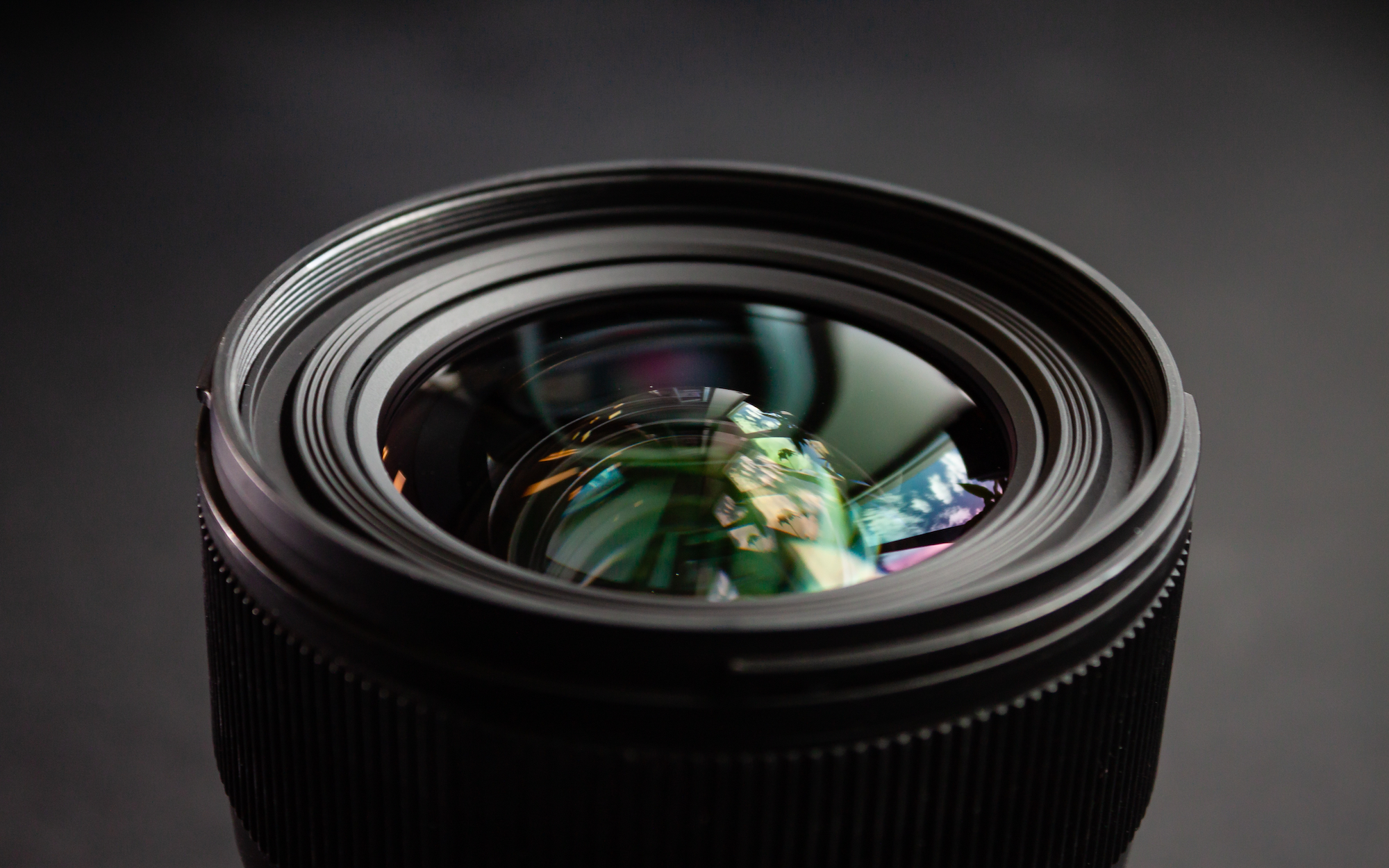It is important to have the right lens for the subjects that you are shooting. Here are some basic factors about camera lenses in order to understand which is best for you and your photography needs.
Aperture:
Aperture is how much light the lens is capable of bringing through to the sensor. It is beneficial to buy a camera that allows more light to enter the camera in order to shoot in low light conditions and maintain focus and an image without background blurring. The lower the aperture number, the more light can enter the camera, and the more expensive the lens will be. Conversely, the higher the aperture number, the less light enters the camera, and the cheaper the lens will be. An aperture at an f stop at f/1.2 is amazing, but for most people it isn’t financially realistic. As a guideline, most people are satisfied with an aperture between f/2.4 and f/3.2.
Photo courtesy of Alex Landry
Focal Length:
The focal length indicates if the lens is standard, wide angle or telephoto and they are in millimeters. It is important to identify which subjects you’ll be shooting before choosing the right focal length for you.
Wide angle focal lengths range from 24mm-35mm and are optimally used for interiors, landscapes, and cityscapes. However, they are not ideal for portraiture as it can morph the face of the model.
Photo courtesy of Andrea Picchi
Standard/Normal focal length ranges from 35mm-85mm and they are the most accurate representation of what the human eye sees. A standard focal length is a popular choice and used for a variety of subjects.
A Telephoto focal length ranges from 100mm-800mm and is used predominantly for portraiture and for subjects far away such as in wildlife or sport photography. They are typically a bit larger than the other options and are more prone to blurriness if there is camera shake.
Photo courtesy of Ingus Kruklitis
Fixed/Prime vs. Zoom:
Zoom lenses are flexible and have multiple focal lengths in one lens. With a Zoom lense, you can carry one lense without having to switch it to meet your needs. The downsides are that Zoom lenses can be larger, and pricier without having better quality.
Photo courtesy of Ramiz Dedakovic
A Fixed or Prime lense tends to be smaller than Zoom lenses and generally deliver higher quality images due to their wider apertures. However, if you have a variety of needs, it can be limiting as they have one fixed focal length. If you need to buy multiple lenses to serve your needs, it can possibly be pricier and heavier in the long-run.
Photo courtesy of Ramiz Dedakovic
Image Stabilization:
Nowadays, lenses have built-in stabilization which reduces camera shake, and helps in lowlight conditions. Different manufacturers specify the image stabilization in the lens with different initials (Nikon: VR, Canon: IS, Sigma: OS, Tamron: VC)
Photo courtesy of Luigi Piccioli
Crop Factor:
The crop factor refers to the camera’s built-in sensor size compared to a typical 35mm frame. Different brands of SLR cameras contain various sizes of image sensors, which often can potentially be confusing with regard to figuring out the actual capacity of a telephoto or wide angle lens. For instance, Canon’s SLR cameras have a crop factor of 1.6 in case the sensor is not full frame. All you need to do is multiply the focal length by 1.6 to see what it would have been on the full-frame format.
Conclusion
When choosing a camera lens, it is important to identify which subjects you will be shooting and what your budget is. A lens plays a large part in the quality of your shots so, only after you have a good idea about the lighting your shoots generally take place in and what your subject is, will you be able to choose the perfect camera lens for you.


